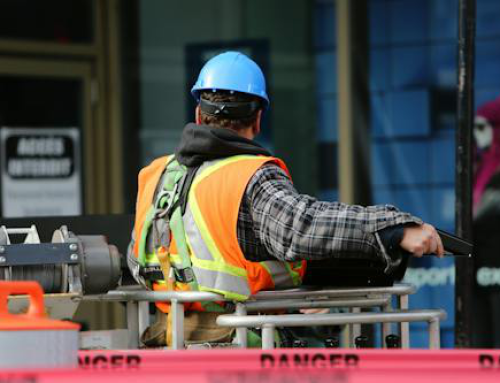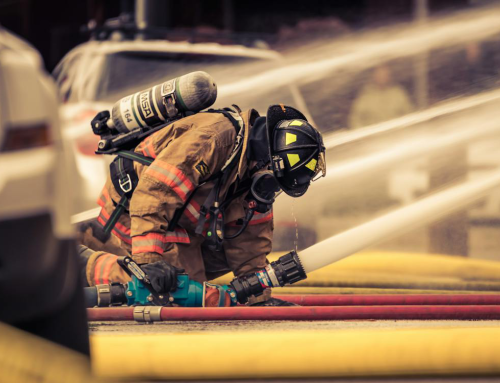Cardiac arrest is a life-threatening emergency that requires immediate intervention. In this blog, we explore the role of OFA 2 (Occupational First Aid Level 2) training in responding to cardiac arrest situations. Discover how this training equips individuals with the skills and knowledge to potentially save lives and minimize the fatality of cardiac arrest incidents.
Understanding Cardiac Arrest
Cardiac arrest occurs when the heart suddenly stops functioning, leading to the absence of a pulse and loss of consciousness. Time is of the essence during a cardiac arrest, as each passing minute without intervention decreases the chances of survival. Immediate and proper response is crucial to maximize the chances of saving a person’s life.
This is where OFA 2 training becomes invaluable, as it provides individuals with the necessary skills to initiate prompt and effective emergency care.
The Role of OFA 2 Training
OFA 2 training plays a critical role in preparing individuals to respond to cardiac arrest situations. The training covers essential topics such as cardiopulmonary resuscitation (CPR) and automated external defibrillators (AEDs). Participants learn how to recognize the signs of cardiac arrest, perform CPR correctly, and utilize an AED to restore the heart’s normal rhythm.
By equipping individuals with the knowledge and skills to administer immediate CPR and utilize an AED, OFA 2 training increases the chances of survival for a person experiencing cardiac arrest. It emphasizes the importance of early intervention and quick response, empowering individuals to take immediate action in emergencies.
Minimizing Fatality with Prompt Response
The effectiveness of OFA 2 training in saving lives during cardiac arrest incidents cannot be overstated. Prompt initiation of CPR and early defibrillation through an AED can significantly increase the chances of a positive outcome. By maintaining oxygen circulation to the vital organs and restoring the heart’s rhythm, these interventions provide crucial support until professional medical help arrives.
Furthermore, OFA 2 training instills confidence in individuals, enabling them to act swiftly and decisively during high-pressure situations. It also emphasizes the importance of effective communication and collaboration with emergency medical services to ensure seamless care.
The Importance of Regular Training and Recertification
OFA 2 training is not a one-time event but a continuous learning process. Regular training and recertification are essential to ensure that individuals maintain their skills and stay updated with the latest guidelines and techniques. Cardiac arrest response protocols may evolve over time, and individuals with OFA 2 training must stay informed and adapt to any changes.
Ongoing training also allows participants to practice their skills and build muscle memory, which is crucial in high-stress situations such as cardiac arrests. By regularly refreshing their knowledge and honing their skills, individuals with OFA 2 training can maintain their readiness to respond effectively and confidently during emergencies.
Collaboration with Healthcare Professionals
While OFA 2 training equips individuals with valuable skills, it is important to remember that immediate medical attention from healthcare professionals is still necessary for a comprehensive cardiac arrest response. The training emphasizes the importance of collaboration with emergency medical services (EMS) and the need to activate the EMS system as quickly as possible.
Upon recognizing a cardiac arrest, individuals with OFA 2 training should immediately call for professional help and continue administering CPR until medical personnel arrive. This collaborative approach ensures a seamless transition of care and provides the best possible chance of survival for the affected individual.
The Ripple Effect of Saving Lives
When someone with OFA 2 training successfully responds to a cardiac arrest incident and saves a life, the impact goes beyond the immediate outcome. The ripple effect of saving lives extends to the individual’s family, friends, and community. Each saved life means more time spent with loved ones, more memories created, and a positive impact on the community as a whole.
Moreover, the knowledge and skills gained through OFA 2 training can inspire others to pursue similar training or take steps towards becoming more prepared for emergencies. By setting an example and sharing their experiences, individuals with OFA 2 training can motivate others to prioritize their own preparedness and potentially save more lives in the future.
Empowering Communities with Lifesaving Skills
OFA 2 training not only benefits individuals but also has a broader impact on communities. When more people within a community possess this level of training, the collective ability to respond to cardiac arrest emergencies significantly increases. This empowerment creates a safer and more prepared community, where the chances of survival during cardiac arrest incidents are higher.
Communities can promote the importance of OFA 2 training by organizing awareness campaigns, offering subsidized training programs, or encouraging businesses to invest in training their employees. By working together, communities can create a culture of preparedness and ensure that more people are equipped to handle critical emergencies effectively.
The Bottom Line
If you have a loved one who’s at high risk for heart disease or cardiac arrest, invest in the OFA 2 training program at Metro Safety at your earliest convenience. We offer optional first aid courses as well as fall protection courses in Vancouver.
Contact us today to get started.










